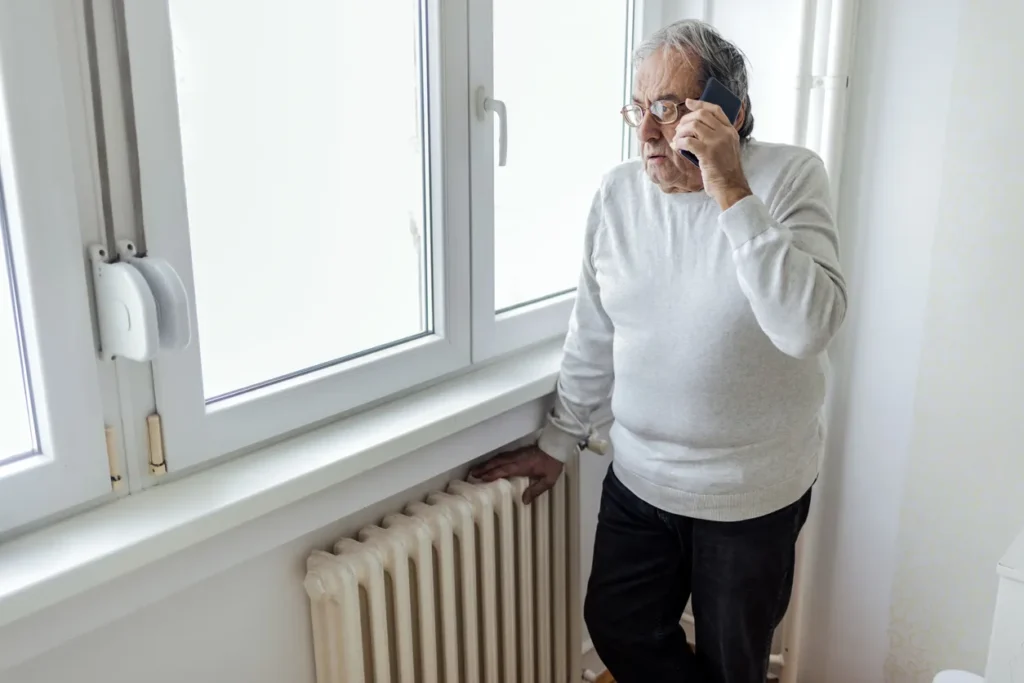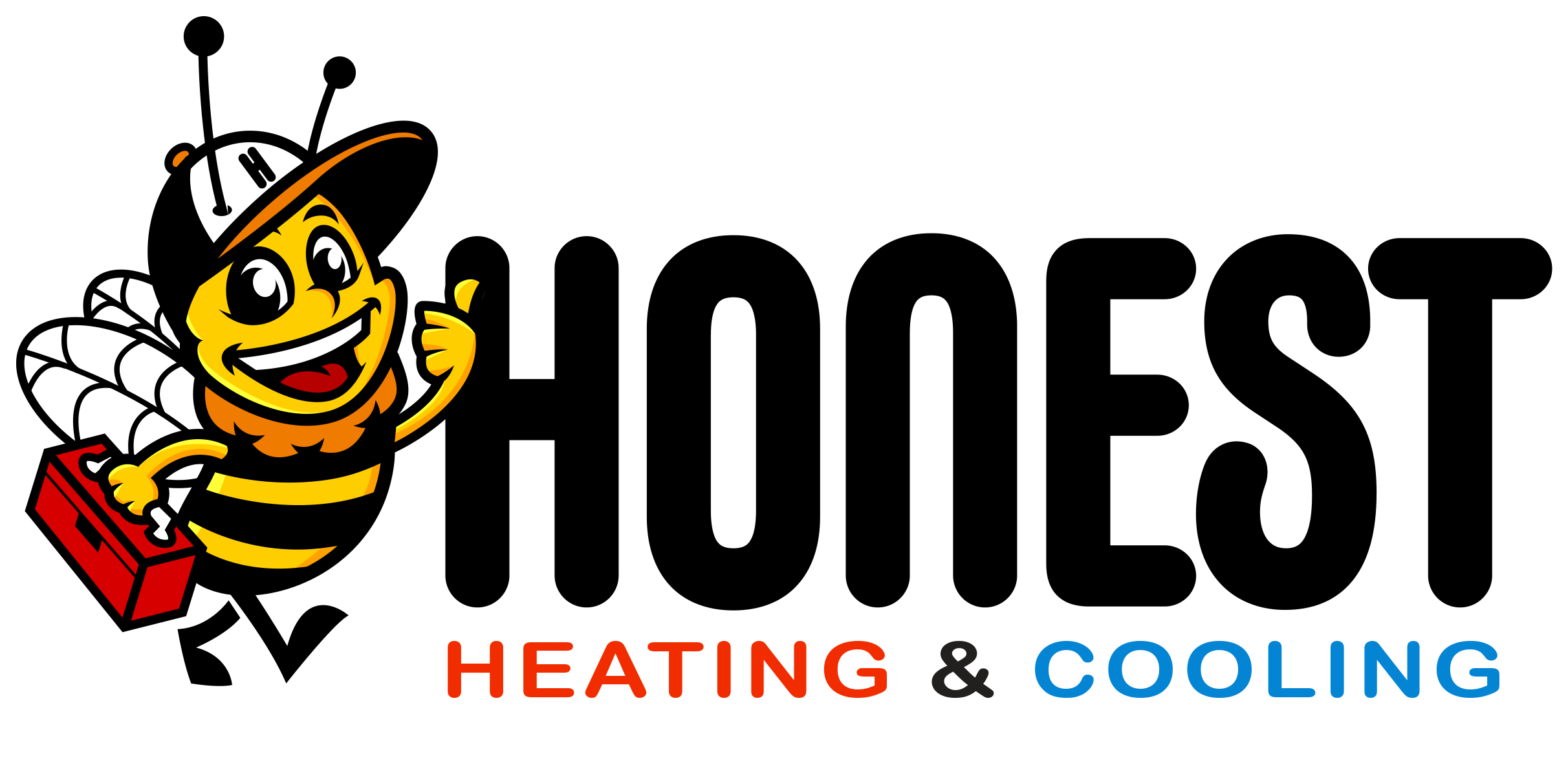Find Reliable 24/7 Emergency Heating Repair Services Today!

How to Choose Emergency Heating Repair: A Central Iowa Guide to Reliable 24/7 HVAC Support
When a heater fails in freezing weather, emergency heating repair means getting a qualified technician out right away to protect your household or business. Picking the right company prevents safety risks, water or freeze damage, and long, uncomfortable outages. This guide walks you through how to evaluate 24/7 emergency heating services, what to expect from trustworthy contractors, and how system type, symptoms, and cost drivers affect urgent repairs. You’ll learn the signs that require an emergency call, how furnaces, boilers, and heat pumps differ in an emergency, and simple steps to prepare so you don’t repeat the same crisis. We cover six practical areas: why true round‑the‑clock availability matters, the provider qualities worth verifying, emergency symptoms to watch for, system‑specific responses, what drives emergency pricing, and prevention through maintenance. If you need immediate help, you can contact Honest Heating and Cooling, Inc., a Central Iowa company that offers 24/7 emergency heating repair. The sections below give you the questions to ask and the priorities to set when heat matters most.
Why 24/7 Availability Matters for Emergency Heating Repair
True 24/7 availability means a technician can respond any hour a failure creates a safety or property risk. Faster response narrows the time a dangerous condition can do harm — for example, reducing carbon monoxide exposure risk, stopping gas hazards, and preventing frozen pipes or burst lines. For homeowners and businesses, the benefits are straightforward: lower safety risk, quicker return to comfort, and fewer follow‑on repairs. That’s why it’s important to choose providers who commit to real emergency dispatch rather than limited “on‑call” windows.
After‑hours coverage also affects expected response times during storms or service surges. The next section explains how quick deployment protects safety and minimizes property damage.
How Fast Response Protects Safety and Comfort
A prompt emergency visit lets technicians find and fix hazards early — things like carbon monoxide leaks, ignition failures, and electrical faults that can escalate quickly. Emergency techs isolate danger, run focused diagnostics, and perform safety checks such as combustion inspection and carbon monoxide testing to confirm a safe restart or order a safe shutdown. Faster intervention restores heat sooner and lowers the chance of frozen pipes or water damage after prolonged cold. For these reasons, response time should be a top selection factor when you need emergency heating repair.
Quick response also shortens downtime and often limits the scope of needed repairs. The following section describes how a local, responsive company delivers these advantages in Central Iowa.
Why Honest Heating and Cooling’s 24/7 Service Helps Central Iowa Homes
Honest Heating and Cooling, Inc. is based in Central Iowa with roots in Marshalltown, Iowa Falls, and Newton. Local presence matters when minutes count: crews can dispatch faster, they know regional weather patterns that cause common failures, and they can often reach you sooner during cold snaps. When you call for emergency service expect a brief triage call, clear safety steps you can take right away, and a technician dispatched for on‑site diagnosis and repair when appropriate. For urgent help, you’ll also find the company’s contact and local profile online for quick trust signals and appointment options.
That local, rapid response reduces wait time and helps maintain continuity of care during emergencies. It also ties directly to the provider qualities you should check before hiring any emergency contractor.
Key Qualities to Look For in a Reliable Emergency Heating Repair Company
A trustworthy emergency heating company shows five core traits that protect safety and outcomes: dependable 24/7 availability, certified technicians, clear pricing, proper insurance and guarantees, and a solid local reputation backed by reviews. You can verify most of these during the first call by asking about credentials, emergency dispatch procedures, and what will be disclosed before any work begins. Focusing on these attributes helps you tell real emergency providers apart from companies that only offer limited after‑hours help with little accountability.
Use this short checklist when vetting providers over the phone or online.
- 24/7 Availability: Confirm true round‑the‑clock emergency dispatch, not limited weekday hours.
- Certified Technicians: Ask which certifications technicians hold and how credentials are verified on arrival.
- Transparent Pricing: Request a clear breakdown of diagnostic fees, after‑hours surcharges, and what will be disclosed before work starts.
- Insurance & Guarantees: Verify general liability and workmanship protections, and ask how claims are handled.
- Local Reviews: Look for recent local feedback that mentions response time and emergency performance.
These verification points will help you determine whether a provider can meet urgent needs and reduce surprises during an emergency. The next section explains why technician certifications matter and how to check them quickly.
Why Certified and Licensed Technicians Matter in Emergencies
Certified and licensed techs perform safer, code‑compliant repairs with correct diagnostic steps — crucial in emergencies where mistakes carry high risk. Certifications such as NATE show hands‑on competency with modern heating systems, and state licensing confirms regulatory compliance for larger repairs and installations. On the first call, ask the dispatcher for the technician’s certification type and license number, and when the tech arrives, request visible ID and any documentation. Also ask how the company keeps technicians up to date with training and safety procedures. Prioritizing credentials reduces the chance of misdiagnosis, unsafe repairs, or code violations.
Technician qualifications link closely to pricing transparency and insurance protections, both important once emergency work begins and costs vary by time and complexity.
How Transparent Pricing and Insurance Protect You During an Emergency
Clear pricing and proper insurance shield homeowners from surprise bills and provide coverage if work causes damage or an on‑site incident occurs. Typical invoice items include a diagnostic fee, parts, labor, after‑hours surcharge, and travel — knowing these helps you compare estimates and avoid surprises. Before any work starts, ask what the provider will include in the estimate, whether written pre‑authorization is required for parts or extra labor, and what warranties cover emergency repairs. Also confirm the contractor carries appropriate liability insurance and ask about warranty claim procedures after the job.
The simple table below turns abstract claims into concrete questions you can ask during initial contact.
Different provider qualities map to practical verification steps you can use right away.
| Provider Quality | What It Means | How to Verify |
|---|---|---|
| Certified Technicians | Techs trained and tested on heating systems | Ask for certification (for example, NATE) and verify license when they arrive |
| Transparent Pricing | Upfront disclosure of diagnostic fees and surcharges | Request a written estimate and ask about pre‑authorization practices |
| Insurance & Guarantees | Liability coverage and workmanship warranties | Ask insurer type and warranty terms; request proof if needed |
Use these questions to confirm a provider’s readiness to handle an emergency safely and transparently.
Common Signs You Need Emergency Heating Repair

Emergency signs are symptoms that show imminent failure or unsafe conditions needing immediate professional attention — not routine maintenance. Watch for total heat loss, persistent error codes or safety lockouts, gas smells, rapid short‑cycling, sudden boiler pressure loss, and loud mechanical noises. These can signal carbon monoxide risk, flooding, or a complete system failure, so call a qualified emergency technician right away when they appear. Knowing how to separate urgent symptoms from non‑emergency behavior helps you take sensible first steps and avoid unnecessary danger.
The checklist below helps you triage top emergency symptoms before you call.
- Total Heat Loss: No warm air or hot water after checking thermostat and breakers.
- Strong Gas Smell: Evacuate immediately, ventilate if safe, and call emergency services.
- Burning or Electrical Smell: Turn off power if safe and contact an emergency technician.
- Loud Banging or Grinding: Stop using the system and arrange immediate service.
- Rapid Short‑Cycling: Repeated on/off cycling that suggests serious control or safety issues.
This checklist helps you decide when urgent action is needed and when safe troubleshooting is appropriate. The next section gives a short decision path for total heat loss scenarios.
How to Recognize Total Heat Loss and Act Safely
Total heat loss means the system produces no heat and simple checks — thermostat settings, breakers, pilot or power lights — don’t fix it. Safe first steps are to confirm thermostat mode and batteries, check circuit breakers, and look for visible error codes. If you smell gas or burning, evacuate and prioritize safety over troubleshooting. Don’t attempt internal repairs or repeatedly power the system on and off, which can cause more damage. Instead, call an emergency heating provider and describe symptoms clearly so the technician can triage the call. Knowing when to stop and wait for a pro reduces risk and prevents accidental escalation.
Recognizing total loss connects to other alarm signs covered next.
Which Noises, Smells, or Malfunctions Signal an Emergency?
Unusual noises and smells often point to immediate mechanical or electrical hazards. Banging may mean delayed ignition or obstruction; grinding can indicate motor or bearing failure; a burning smell often means overheated wiring or components and requires shutdown. A gas odor is a critical emergency — evacuate and notify emergency responders or your gas provider. Persistent error codes, visible leaks, and sudden boiler pressure drops also qualify as emergencies because they can lead to unsafe operation or property damage. When these signs appear, stop using the system if it’s safe to do so, note the odors or sounds for the technician, and request emergency dispatch.
Quick documentation and cautious shutdown keep people safe and give technicians useful clues that speed diagnosis and repair.
How Emergency Repair Differs by Furnaces, Boilers, and Heat Pumps
Emergency approaches depend on system type because furnaces, boilers, and heat pumps have different failure modes and safety concerns. Furnaces often show ignition, blower, or flame‑sensor issues; boilers commonly have leaks, pressure or temperature problems, and circulator or valve failures; heat pumps may lose reverse‑cycle heating or suffer compressor issues in extreme cold. Each system needs different diagnostic tools and safety checks, which affects what technicians bring, common parts, and whether a job is likely a quick fix or will require temporary measures or component replacement. Comparing system‑specific symptoms helps set realistic expectations for on‑site work.
The table below compares emergency symptoms and typical technician actions by system type so you know what to expect.
| System Type | Common Emergency Symptoms | Typical Immediate Technician Actions |
|---|---|---|
| Furnace | No heat, ignition failure, loud noises | Check thermostat and power, test ignition and flame sensor, perform safe restart or safe shutdown |
| Boiler | Water leaks, pressure loss, no hot water | Check pressure and expansion tank, isolate leaks, test circulator pump and safety controls |
| Heat Pump | Complete loss of heat, compressor problems | Inspect compressor and reversing valve, check defrost cycle, arrange temporary heat if needed |
What to Expect from an Emergency Furnace Repair Visit
Emergency furnace calls focus on safety checks and fast diagnostics to decide whether the furnace can be safely restarted or needs parts replaced. Technicians will verify thermostat settings, power supply, and control board status first. Common steps include testing ignition systems and flame sensors, inspecting the blower and belts, and checking vents for blockages or combustion instability. If the unit is unsafe, the tech may place it in a safe shutdown and recommend temporary heating options until repairs are complete. If the issue is repairable on site, they’ll explain the parts and labor required. Knowing these steps helps you approve essential work quickly.
Understanding furnace procedures also helps you discuss parts availability and timing with the technician.
When to Call for Emergency Boiler or Heat Pump Repair
Call for emergency boiler service if you see visible leaks, sudden pressure or temperature swings, or any failure that risks scalding, flooding, or loss of heat in freezing weather. For heat pumps, call when there’s a complete loss of heat in very cold conditions, loud mechanical noises that suggest compressor trouble, or suspected refrigerant issues. In both cases, technicians will often isolate problem zones, stabilize pressure or electrical conditions, provide temporary heating solutions if needed, and secure the property against water damage or freezing. Fast action reduces secondary damage and increases the chance of repair rather than costly replacement.
Timely intervention for boilers and heat pumps lowers the risk of severe damage and cuts replacement likelihood.
Conclusion
When heat is critical, choosing the right emergency heating repair service keeps your family and property safe. Prioritize true 24/7 availability, certified technicians, clear pricing, and solid local reputation. Don’t wait for a breakdown — reach out to Honest Heating and Cooling, Inc. to discuss emergency plans or maintenance options so you’re ready before the next cold snap.


